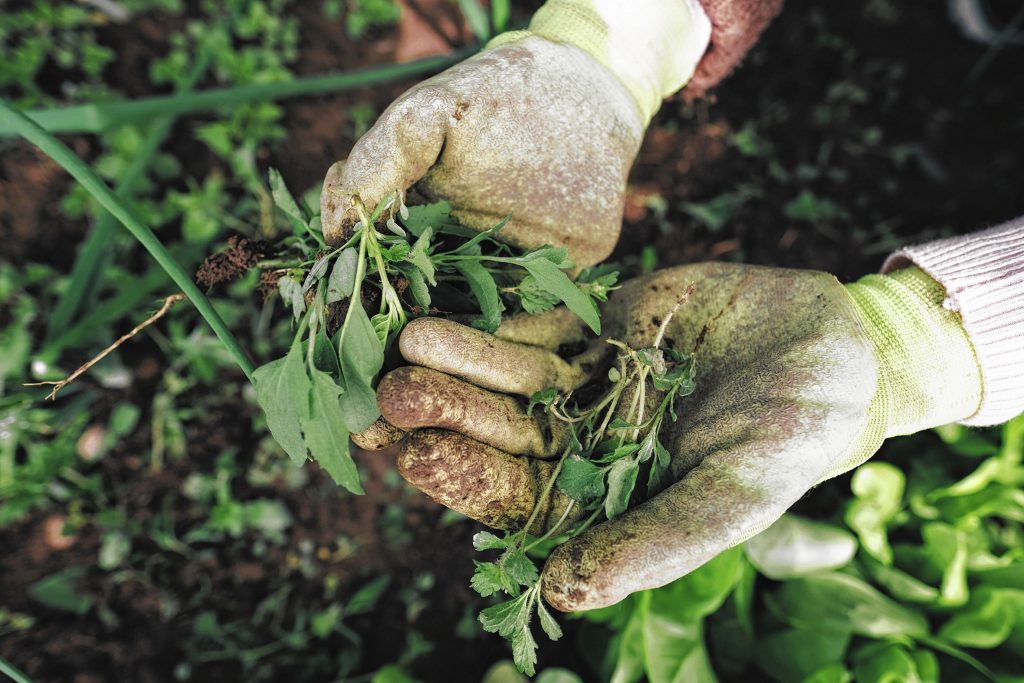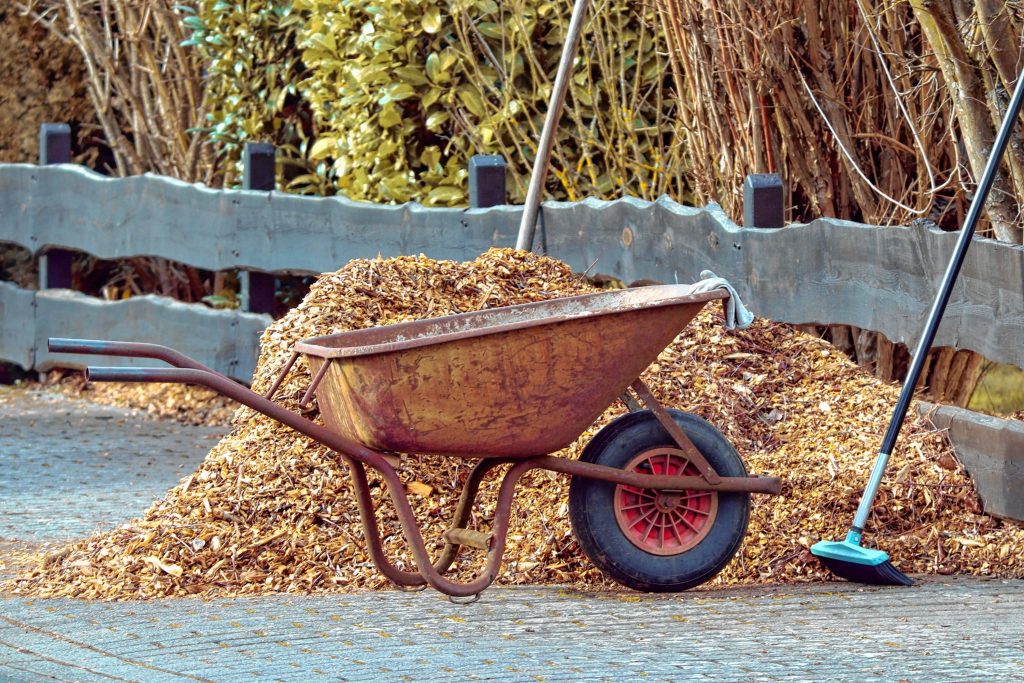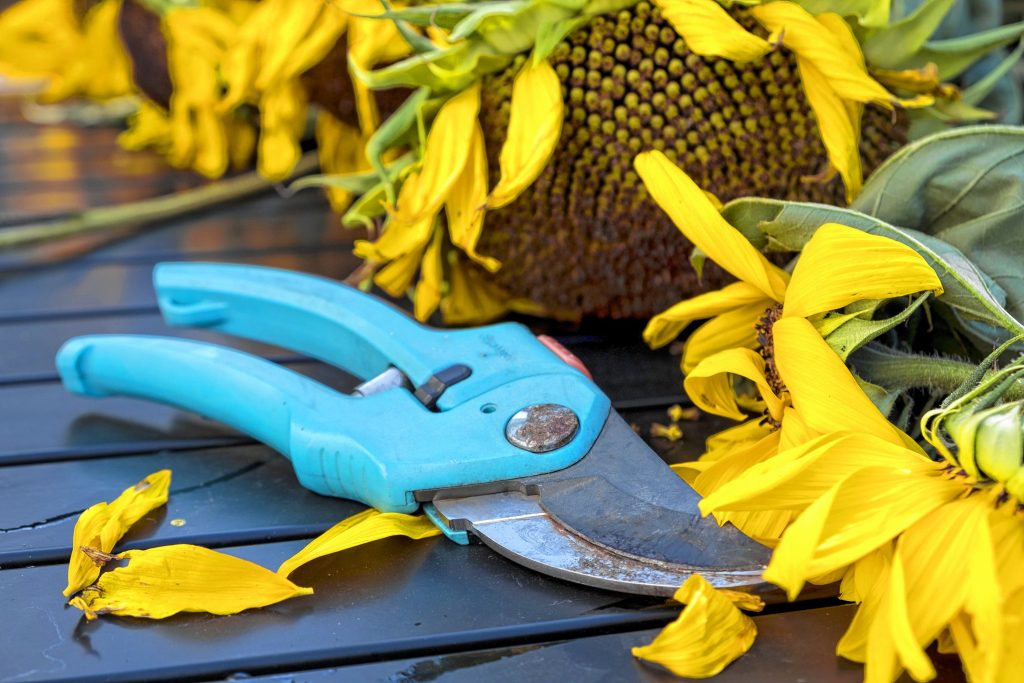Spring will soon be here, and if you are at all like me, you are more than ready to enjoy the outdoors and start growing things!
In my opinion, there is nothing more gratifying than watching something you planted become a beautiful flower or mature into a delicious tomato or cucumber. But all that planting, hoeing, digging and watering – as enjoyable and satisfying as it is – can be a workout for the body, especially as we “mature” and so practicing good garden ergonomics can keep you injury-free and enjoying all that gardening has to offer.
Ergonomics is the scientific study of how to complete tasks in a safe, efficient way. Ergonomics is also referred to as “Human Engineering.” Here are some tips to keep you feeling great while you garden:
Schedule tasks when it’s easier to do them. For instance, moist earth is easier to dig than when the ground is hard and dry or heavy and wet. Try to plan on doing your heavier digging, i.e, dividing plants, planting new plants, etc. after a good rain. Plan your gardening for early morning, evening or when shade falls upon your plants.
Try limbering up a little bit before you start your gardening tasks; a few simple stretches can really help loosen up your muscles!
Alternate between heavier, more physical gardening tasks such as digging, and lighter one like weeding and deadheading. You will feel less fatigued and the variety will be more enjoyable. Take frequent rests from repetitive motions.
Keep your gardening tools close at hand. Use a canvas tote bag or better still, purchase a special liner which fits into a 5-gallon pail that has handy pockets and for all your hand gardening hand tools. This way you can easily carry all your hand tools as you move among your plants, saving you multiple trips across the yard or back to your shed or garage. Garden carts are great too!
Ground work
When you are tending to your plants, remember these ergonomic tips to avoid an injury:
Don’t overreach. Move a few steps at a time avoid this in order to prevent straining your back and shoulders.
Avoid twisting. Try to face the task at hand right on so as not to strain your back and spine.
Remind yourself that you do not need to do everything that needs to be done in one day!
Use the right tools
You can make quick work of a patch of weeds much easier with a light hand tool than if you try to pull them all out with your fingers. You’ll save your fingers, and wrist, by using the proper spade or rakes. You can get long-handled hoes and rakes which will prevent you from having to bend over. Try them out before you buy them. Taller people need tools with longer handles – at least shoulder height. Some rakes, for instance, are available with telescoping handles! There are a number of ergonomically designed gardening tools available, both hand tools and larger tools. Ergonomically designed tools create less stress on the body by keeping the body in neutral positions while you work, lessening the amount of stress on joints and muscles.
Garden gloves with a little padding in them are helpful in cushioning your grip as you work in your garden.
When using your hand tools, try to keep a light grip on them and keep your wrist in a neutral position rather than bending it in awkward positions which will undoubtedly give you some discomfort later.
Save your knees. Squatting for long periods of time is hard on your joints. Try kneeling, with one knee down, and then alternate between your left and right knee. I highly recommend using gardening stools or knee pads! There are even rolling wheeled garden scooters available that are designed so that you can sit while you work and then easily scoot over to the next spot needing your attention!
And keep your tools clean and sharp. Hardware stores often have tool sharpening services.
Overhead work and hauling
When you are tending to your climbing plants – clematis, climbing roses – or tall shrubs and small trees consider these safety-first considerations:
Try to avoid working over shoulder-height if at all possible. If you do need to work on plants that are at heights over your head, work on them for 5 to 10 minute increments and take a break before resuming this task. This will save your shoulders and neck.
When hauling plant debris to the compost pile, take more trips with lighter loads to protect your back. Better to make three trips instead of just one or two and not feel sore for the rest of the week. Try raking leaves onto a small tarp and dragging it rather than lifting it.
If you still overdo it a bit, a nice hot bath or shower and some down time will make you more comfortable.
Still feel sore or achy? Try the R-I-C-E method: Rest, ice, compression and elevation.
(Information from garden.org and the National Gardening Association used in this article.)
























